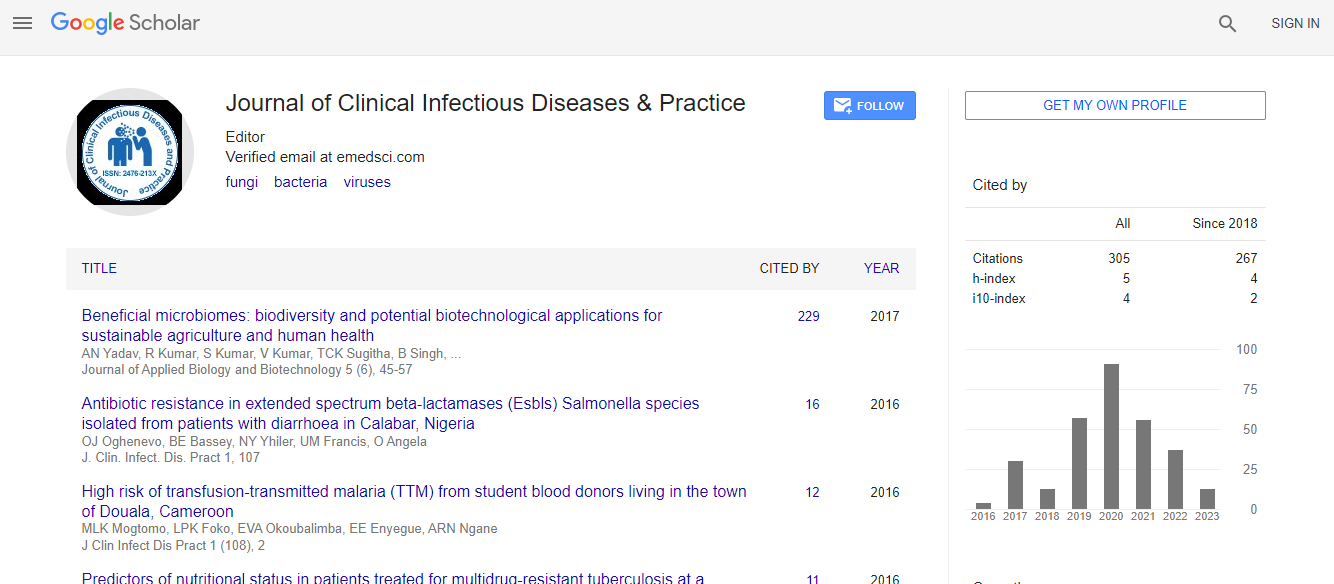Impact of Media Messages on Public Opinion: A Case Study of Severe Acute Respiratory Syndrome
*Corresponding Author:
Copyright: © 2021 . This is an open-access article distributed under the terms of the Creative Commons Attribution License, which permits unrestricted use, distribution, and reproduction in any medium, provided the original author and source are credited.
Abstract
Objective: To determine the effects of agenda-setting and framing on the public’s evaluation of different frames relevant to Severe Acute Respiratory Syndrome (SARS). The volume and issues mentioned in the media messages were examined to understand the public’s perception and awareness of the disease. Methods: A content analysis of newspaper reports on SARS was performed. Analyses of public opinion data collected by the Harvard School of Public Health, the Robert Wood Johnson Foundation and the Pew Research Foundation were also performed. We then performed a correlation analysis of media coverage about SARS with the survey data. Results: The results of the analysis substantiate the hypothesis that frames represented predominantly in the media will influence public opinion. The correlation analysis revealed a correlation between the economic frame and the percentage of positive responses expressing worry about being exposed to SARS. A very small negative correlation was found between the biomedical frame and overall worry about the disease. Conclusion: Framing and agenda-setting are essential in bringing the public’s attention to issues and in creating an initial awareness of the issue. However, it was observed that perceptions of relevance mediated the public’s response. Thus, successful efforts to limit the spread of SARS in the United States may have reduced Americans’ perceptions that the biomedical frame was relevant, compared with the economic frame.

 Spanish
Spanish  Chinese
Chinese  Russian
Russian  German
German  French
French  Japanese
Japanese  Portuguese
Portuguese  Hindi
Hindi 
